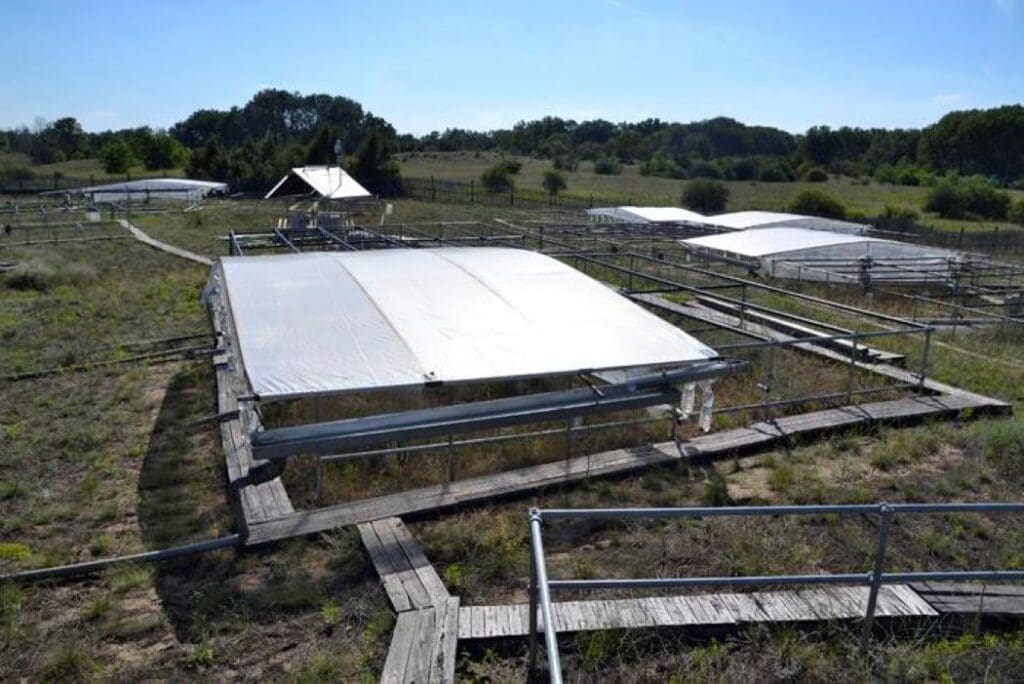Explore the latest insights from top science journals in the Muser Press daily roundup, featuring impactful research on climate change challenges.
In brief:
Reality check on our approach to saving Nemo’s home
When sea temperatures climb above average for sustained periods, corals can become bleached, meaning that they expel their symbiotic algae. If bleaching is severe, it can eventually kill the coral tissue.
Warming seas and marine heatwaves driven by climate change are the primary culprits, while overfishing and pollution are also making things worse. This has led to bleaching in iconic locations such as the Great Barrier Reef in Australia, home to the beloved clownfish – made famous by Nemo of Pixar movies.
The most common coral restoration method is known as coral gardening, where coral fragments grown in nurseries are transplanted to the reef.

Restoration can take other forms, including removing species that eat corals (such as parrot fish), transferring coral spawn, or even manipulating the local microbiome to enhance coral survival.
A new study by Dr Giovanni Strona at the European Union Joint Research Centre, Clelia Mulà of the University of Western Australia, and Matthew Flinders Professor of Global Ecology Corey Bradshaw from Flinders University in Australia has examined the reasons behind the failure of these restoration efforts to deliver enhanced protections for coral reefs.
This analysis was done in collaboration with researchers from the University of Milan-Bicocca, the Marine Research and Higher Education Center (Maldives) and the University of Helsinki.
Published in open-access journal Nature Ecology and Evolution, their results show major barriers to effective interventions include the small scale of restoration programs, high costs per hectare, and the tendency to restore already compromised reefs that are highly vulnerable to future heat stresses.
“Most restoration projects only operate over several hundred or a few thousand square metres. Compared to the 14% loss and degradation of coral reefs between 2009 and 2018, equating to nearly 12,000 square kilometres, we come nowhere close to the scale of restoration that is needed to offset the losses from climate change,” says Professor Bradshaw.
“This combination of adverse factors, coupled with the fact conservation efforts can target sites that don’t have the highest change of success, means over a third of projects fail.
“This reality check should stimulate constructive debate about when and where restoration is most feasible and important. But the truth is that without stemming the pace and magnitude of climate change, we have little power to save coral reefs from massive losses over the coming century and beyond.”
The researchers say restoration failures can be for many reasons, including poor planning, unproven technologies, insufficient monitoring and subsequent heatwaves.
“Although coral restoration has the potential to be a valuable tool in certain circumstances, our research makes it clear it is not yet and might never be feasible to scale up sufficiently to have meaningful, long-term, and positive effects on coral reef ecosystems,” says Professor Bradshaw.
The research shows that coral reefs benefit more than 1 billion people globally by providing tourism dollars, food security and protection from storms and coastal erosion.
“Some estimate that over the past 40 years, the coverage of coral reefs has declined by at least 50%. As climate change continues, bleaching events and coral deaths will only become more common, with projected losses of total coral cover of more than 90% by the end of the century,” says Dr Giovanni Strona.
“One of the problems here is that there are no agreed formats for collecting or reporting data from restoration projects. This makes it difficult or impossible to identify the conditions leading to success and reduces the pace of improvement. Indeed, we found that no measures of human impacts, pre- and post-restoration bleaching risk, coral diversity, remoteness, or type of restoration could explain why a project was successful or not.”
Lead author Clelia Mulà adds: “Reinforcing complementary strategies could therefore bolster ecosystem resilience, extending the reach and success of coral restoration projects.”
Journal Reference:
Mulà, C., Bradshaw, C.J.A., Cabeza, M. et al., ‘Restoration cannot be scaled up globally to save reefs from loss and degradation’, Nature Ecology & Evolution (2025). DOI: 10.1038/s41559-025-02667-x
Article Source:
Press Release/Material by Flinders University
Climate change and globalisation raise risks from crop pests
Rising temperatures are enabling pests to move further from the equator and to higher ground, while increased trade is accelerating the spread of invasive species.
Meanwhile, intensification of agriculture is weakening natural pest control, making outbreaks more frequent and severe.
A research team – including the universities of Hebei and Exeter, and the Chinese Academy of Sciences – call for urgent action to address threats to crop production.
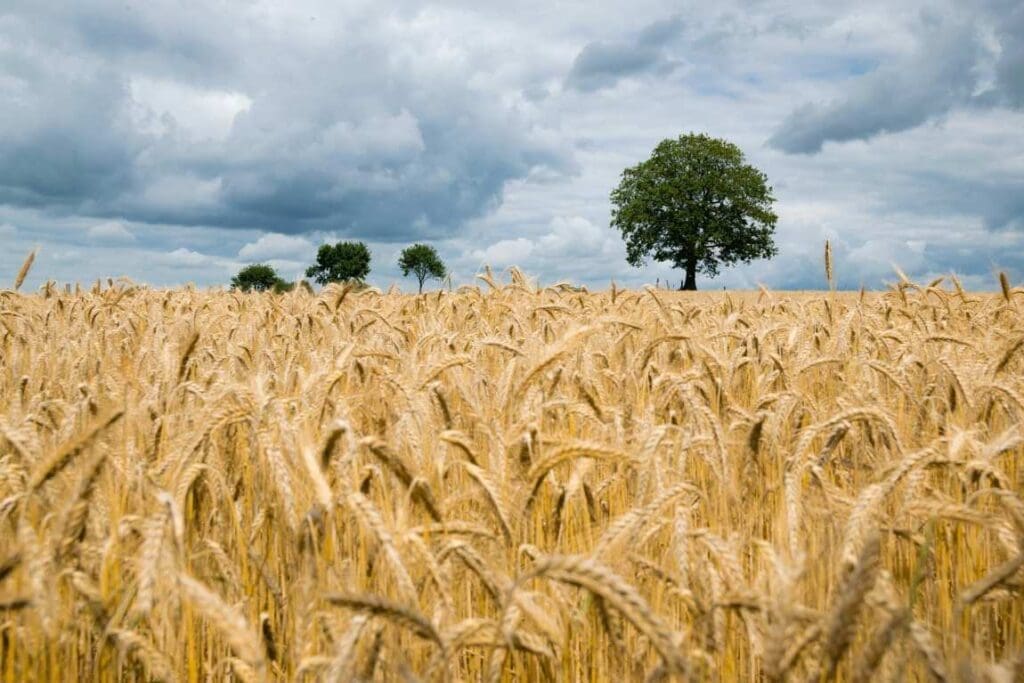
“We need better pest monitoring, predictive models, and climate-smart management strategies to safeguard staple crops such as wheat, rice, maize and soybean from increasing pest risks,” said co-author Professor Dan Bebber, from the University of Exeter.
“About 40% of global crop production is currently lost to pests and diseases, creating a major challenge for global food security.
“We reviewed evidence on the impact of crop pests and found that overall risks are increasing – with greater numbers of pests, more annual generations, longer activity seasons and the area inhabited by pest species increasing.
“This is mainly due to global warming reducing cold limitations for pests, and declining biodiversity reducing biocontrol (predators killing pests).”
The paper also notes that extreme climate events, such as heatwaves and droughts, sometimes trigger unexpected pest outbreaks.
The findings suggest that crop pests are likely to increase most in high latitudes – temperate places further from the equator where crops such as wheat, maize and rice are grown.
The paper also includes specific strategies for crop and pest management in response to ongoing and projected changes.
Journal Reference:
Ma, CS., Wang, BX., Wang, XJ. et al., ‘Crop pest responses to global changes in climate and land management’, Nature Reviews Earth & Environment 6, 264–283 (2025). DOI: 10.1038/s43017-025-00652-3
Article Source:
Press Release/Material by Alex Morrison | University of Exeter
Predicting animal movements under global change
On our planet, at any one moment, billions of animals are on the move. From migratory birds, insects, marine mammals and sharks connecting distant continents and seas, to bees and other insects pollinating our crops, to grazing animals roaming across the plains, and the foxes and hedgehogs visiting urban gardens.
Understanding the complexities of how and why animals move is vital. It can help to conserve species, but also to protect wider ecosystems and our environment and the many services these provide to human wellbeing.
The study of animal movement has grown fast in recent decades. Most animal movements go unobserved by humans, but using technology – radiotracking, GPS, satellite tags, Fitbit-type sensors, radar – we can record them in impressive detail. Billions of new data are recorded each year, analysed using increasingly sophisticated statistical and mathematical methods.
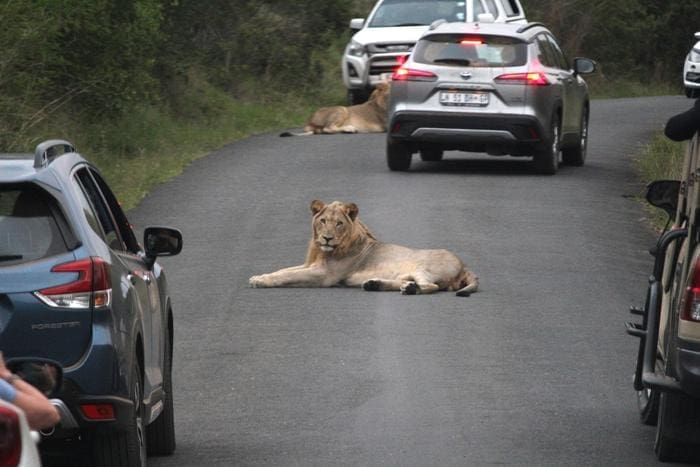
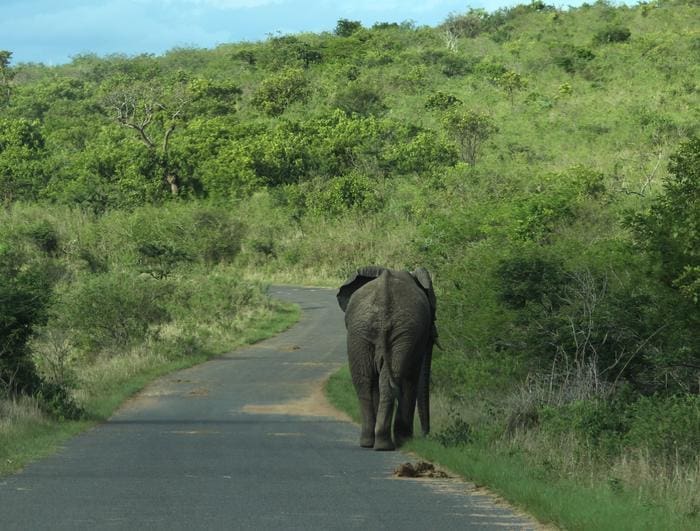
However, much of this work still focuses on describing and understanding current patterns, rather than predicting future movements.
The problem is that using the past and present as a guide will be of limited use given how quickly environments are changing, due to new patterns of land use, climate change, and human population shifts.
This is where the new research comes in. It sets out a framework that can help scientists provide more robust predictions in rapidly changing environmental conditions.
The research has been carried out by an international team, formed during an annual meeting of the Movement Ecology group of the British Ecological Society, led by Prof Luca Börger of the Department of Biosciences at Swansea University and two former students from the department, Sara Gomez and Dr Holly English, who are now researchers at the CNRS in Montpellier (France) and University College Dublin (Ireland), respectively.
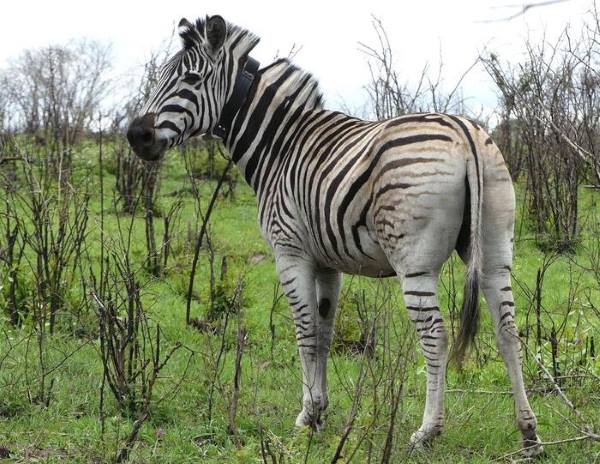
In a research paper, published in the Journal of Animal Ecology, the team set out the full range of human-induced changes in environmental conditions and review how they impact and drive animal movements. These include overall changes in climate, such as warming oceans, as well as more specific impacts such as urbanisation, construction, light pollution, oil spills and invasive species.
They highlight how scientists need to change the ways they collect and model data, in order to develop better predictions about how animals move in changing landscapes, and how this can be used to design improved conservation actions and policies.
Lead author Sara Gomez of CNRS (Centre National de la Recherche Scientifique) Montpellier said: “To predict where animals will move in rapidly changing environments, we cannot rely on correlative approaches. We must incorporate biological mechanisms into our models, starting from first principles of animal movements and decision making, and develop models adequate for dynamical systems. We must also increase the number of different species studied and record their movements also in human-dominated environments and not only in more undisturbed natural areas.”
Co-lead Dr Holly English of University College Dublin said: “This is not just for scientific interest. We discuss the challenges and opportunities of including these predictions into more effective wildlife management and policy. We give examples of conservation schemes, such as rewilding and translocations, which offer exciting, but vastly unused, opportunities to collect data from novel environments and test our model predictions.”
Professor Luca Borger of Swansea University biosciences department, lead researcher, said: “Animal movements fundamentally affect ecosystem processes. Current research in the field however fails to address one of the most pressing problems we are facing: predicting where and when animals will move in rapidly changing or ‘novel’ environments. We believe we are at an exciting point now where we can achieve such a crucial transformation in our field, from a descriptive to a predictive science, which is much needed under current rapid global change.”
Journal Reference:
Gomez, S., English, H. M., Bejarano Alegre, V., Blackwell, P. G., Bracken, A. M., Bray, E., Evans, L. C., Gan, J. L., Grecian, W. J., Gutmann Roberts, C., Harju, S. M., Hejcmanová, P., Lelotte, L., Marshall, B. M., Matthiopoulos, J., Mnenge, A. J., Niebuhr, B. B., Ortega, Z., Pollock, C. J., … Börger, L., ‘Understanding and predicting animal movements and distributions in the Anthropocene’, Journal of Animal Ecology 00, 1–19 (2025). DOI: 10.1111/1365-2656.70040
Article Source:
Press Release/Material by Swansea University
Study highlights role of social workers in addressing marginalized communities bearing brunt of climate disasters
In one of the most impoverished areas of Seoul, South Korea, residents live in precarious conditions: tiny micro-units often without bathrooms, kitchens, heating or cooling. The residents contribute the least among society to climate change yet suffer disproportionately due to historical and systemic inequalities.
A new study from the University of Kansas highlights the inequalities, calling for social workers to play a critical role in advocating for and including marginalized communities in addressing climate change and injustice.
Joonmo Kang, assistant professor of social welfare at KU, spent a year living in a jjokbang-chon, the so-called “last remaining slum” in Seoul, as part of a research project on the everyday experiences of climate change-related disasters in marginalized communities. For the current study, he estimated the carbon footprint of jjokbang-chon residents, highlighting the climate injustice they face.
“The community members in jjokbang-chon are subjected to the worst of climate change while contributing the least to its causes. This pattern is not unique to jjokbang-chon — it reflects a broader global injustice,” Kang said.
“Higher-income countries and cities drive emissions through their lifestyles and consumption, yet it is poorer countries and marginalized communities that bear the brunt of climate disasters. This disparity, known as the carbon divide, highlights how the wealthiest 10% of the global population are responsible for nearly 50% of all emissions, while those with the smallest carbon footprints suffer the most.”
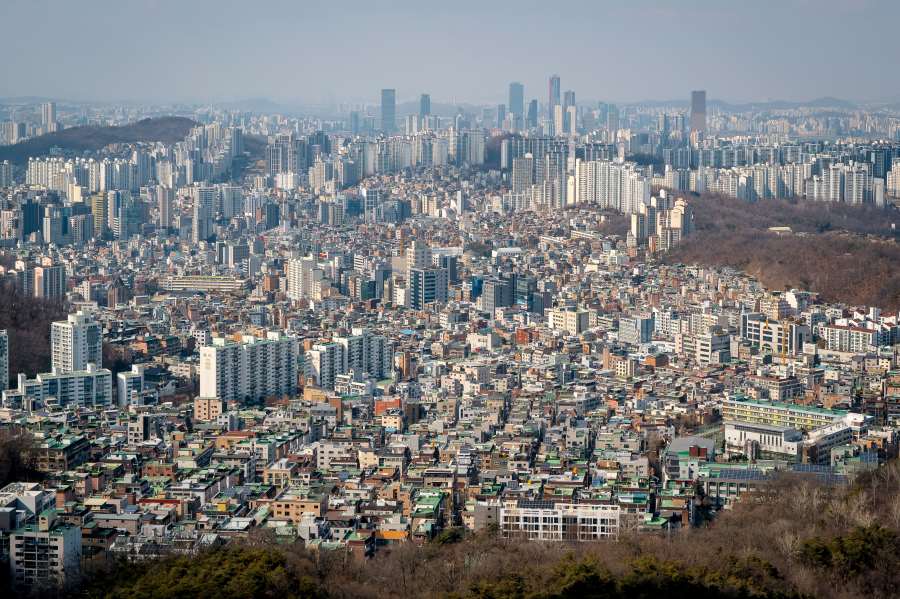
Kang and co-author Chris Weatherly of the University of Georgia estimated the carbon footprint of residents through surveys and interviews, assessing their energy consumption, transportation use and household expenditures.
The findings revealed that jjokbang-chon residents emit just under 4 metric tons of carbon per year — less than one-third of the average South Korean citizen, despite South Korea having one of the highest per capita emissions globally. This stark contrast underscores the deep carbon emission inequality and broader climate injustice within the country.
The low emissions of jjokbang-chon residents are directly tied to their lifestyle shaped by poverty. The findings revealed that they rarely leave their neighborhood, not by choice but due to structural barriers, resulting in minimal transportation use. They experience severe energy deprivation, exacerbated by a built environment that lacks adequate heating and cooling. Additionally, exploitative landlord practices further restrict their access to essential resources, deepening their vulnerability to climate-related hardships.
While jjokbang-chon residents emit significantly less carbon than the national average in South Korea, their emissions still exceed those of billions in the Global South. This underscores the complex challenge of reducing emissions while ensuring social equity, according to the researchers.
In the study, published in the journal Ethics and Social Welfare, Kang and Weatherly highlight the dilemmas social workers may face in advancing climate solutions that both reduce overall emissions and promote justice for marginalized communities. They emphasize the vital role of social workers as facilitators and advocates, stressing the importance of collaboration and community empowerment in creating just and equitable responses to climate change.
For example, a government-led plan to redevelop jjokbang-chon neighborhoods has been actively resisted by private developers for years. Social workers play a crucial role in advocating for those without political power, particularly in the fight for housing rights. While development and construction contribute to carbon emissions, jjokbang-chon residents still need strong advocacy within the broader framework of climate justice.
One approach could be to push not just for redevelopment, but for carbon-neutral public housing, the researchers wrote. Social workers are essential in driving society toward a future that reduces dependence on a carbon-based economy and promotes greater equity.
The study’s results highlight that there is no one-size-fits-all solution to addressing climate injustice and build on Kang’s previous work, which emphasizes the importance of a community-driven approach in addressing climate vulnerability.
Journal Reference:
Kang, J., & Weatherly, C., ‘Climate Justice and Carbon Emission Inequality: Social Work’s Dilemma in Marginalized Communities’, Ethics and Social Welfare (2025). DOI: 10.1080/17496535.2025.2469736
Article Source:
Press Release/Material by Mike Krings | University of Kansas
Featured image credit: Gerd Altmann | Pixabay




